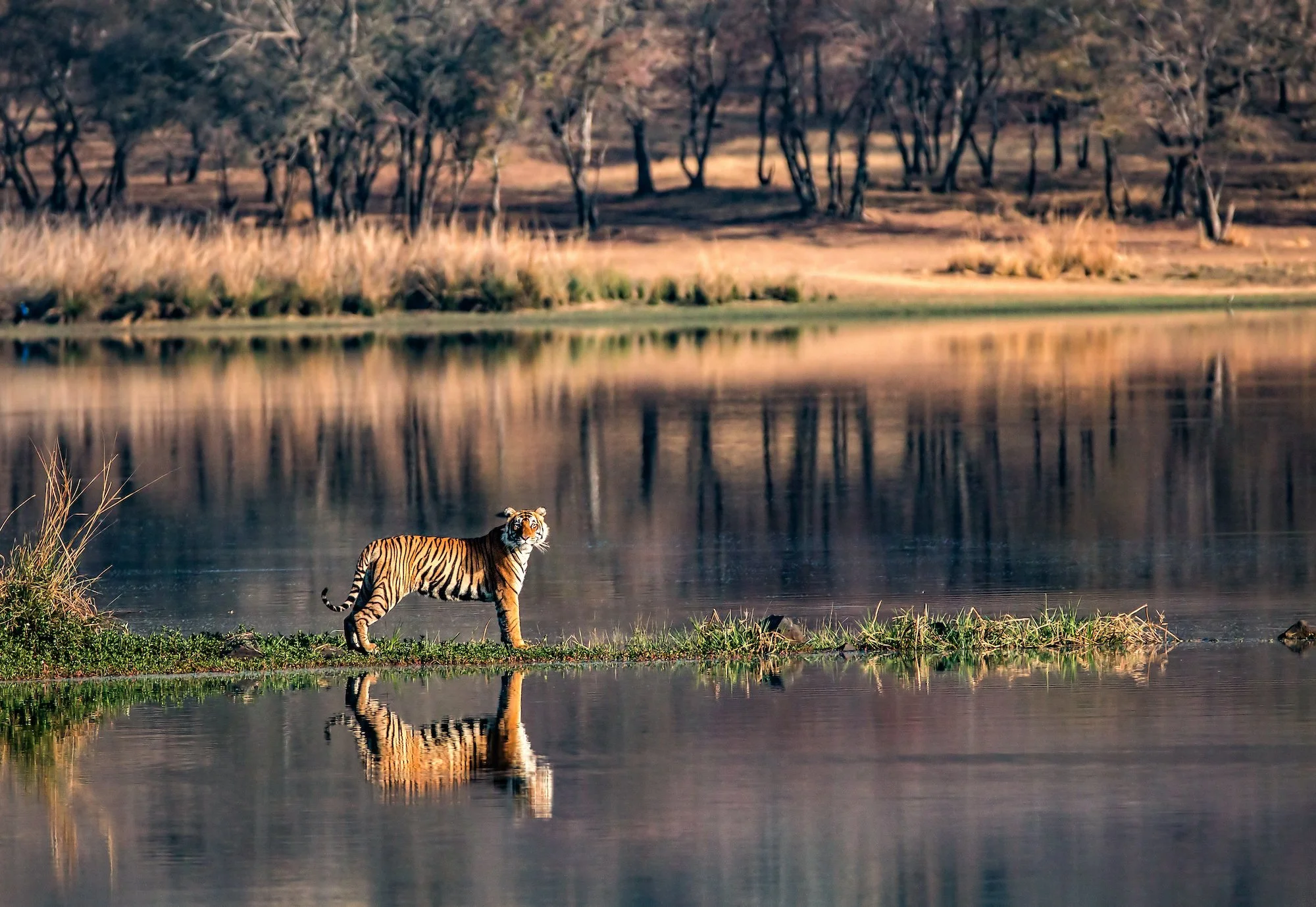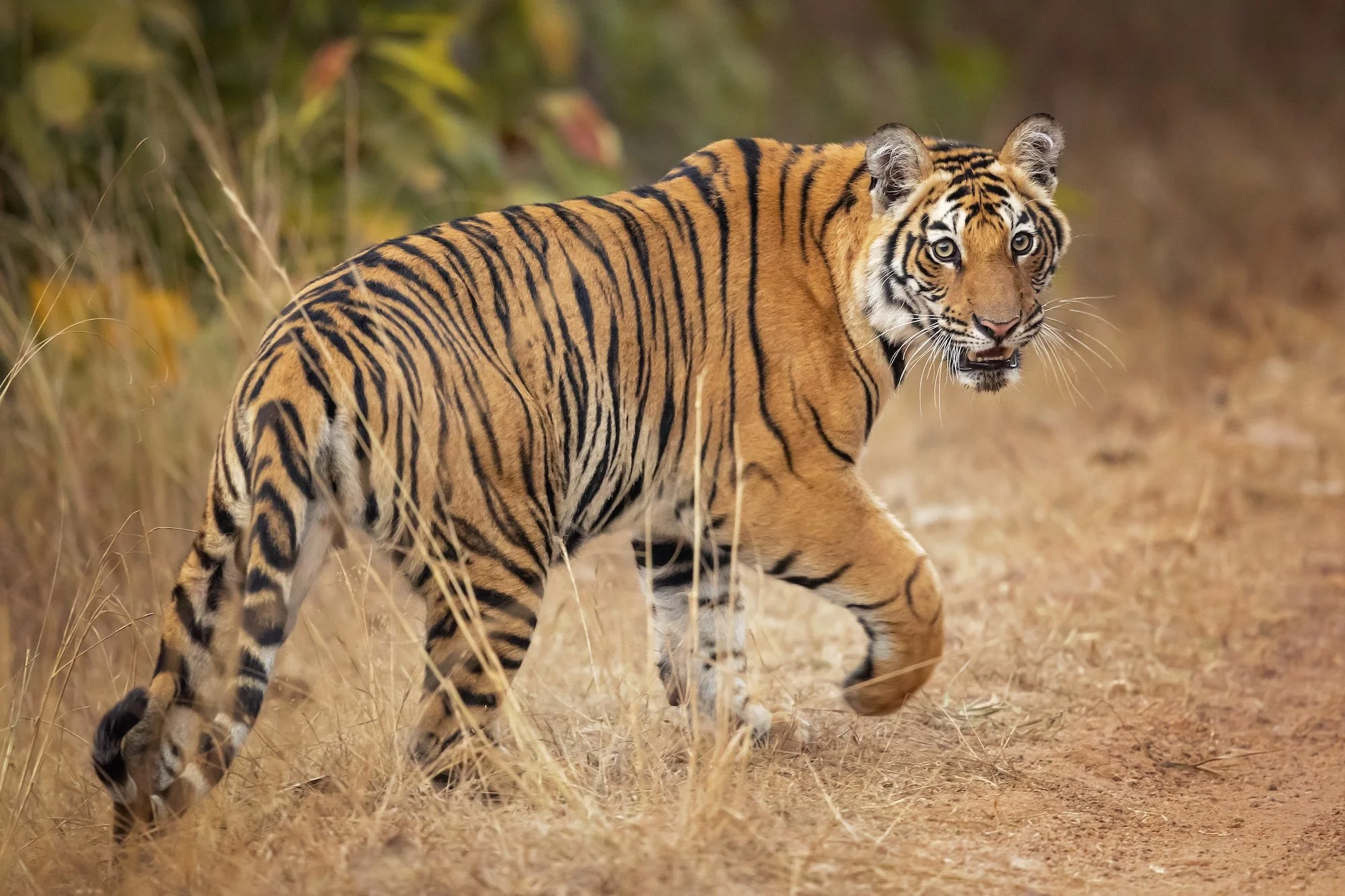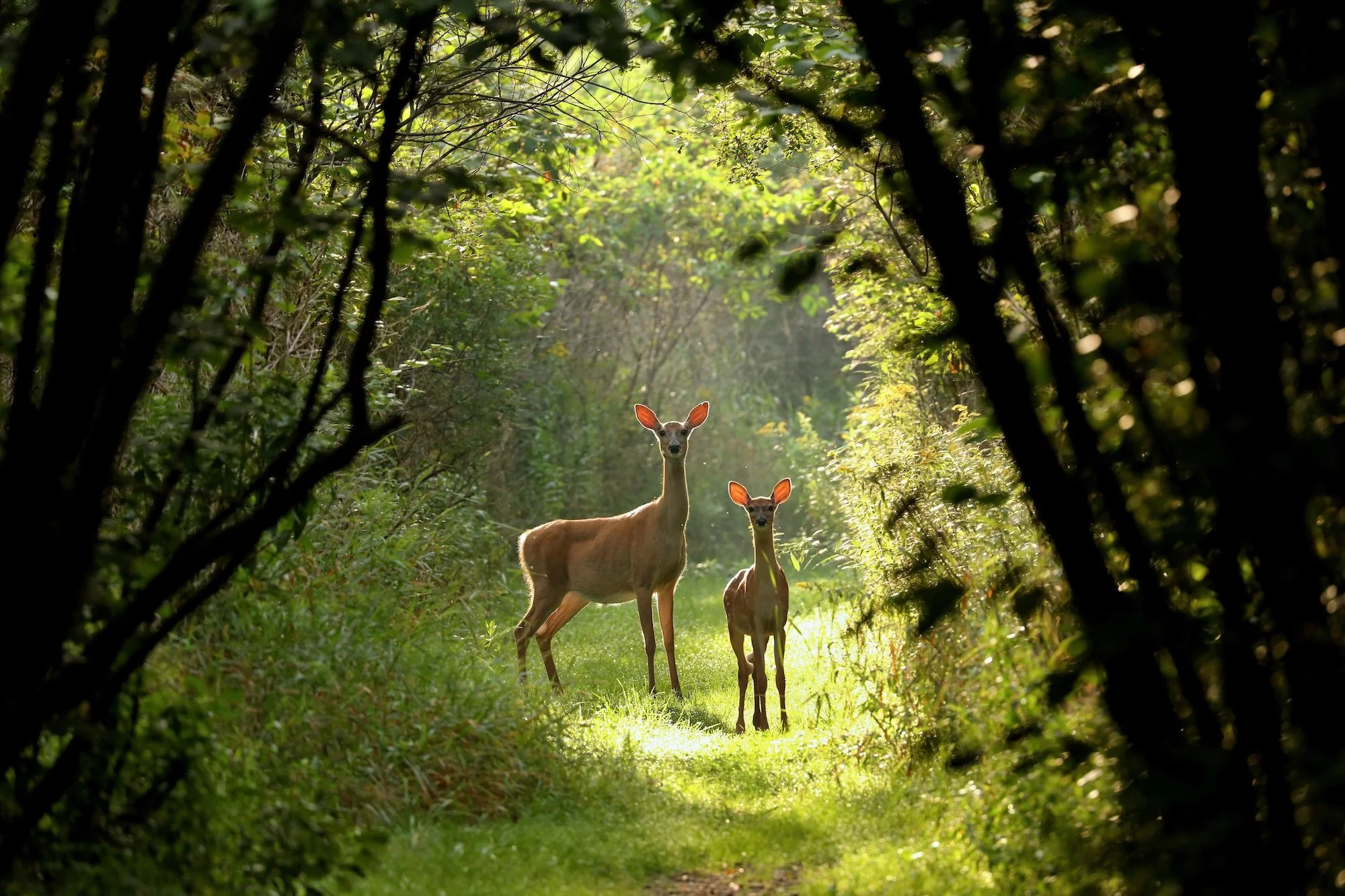A CONNECTED LANDSCAPE FOR PEOPLE AND WILDLIFE FROM BHUTAN TO BURMA
The landscape stretching from Bhutan to Burma (Myanmar) via Northeast India is alive with elephants, tigers, chattering monkeys, and vibrant birdlife. Lush tropical forests, dense, warm, and teeming with life, stretch for thousands of kilometres. It’s a breathtaking region, critical not just for local biodiversity but for the planet as a whole, with its vast forests playing a vital role in regulating the Earth’s climate. But like so many ecologically important places, it’s under pressure - from deforestation, poaching, insecurity, and more. Protecting it is urgent.
That’s where Aaranyak comes in. Founded in 1989, they’ve become a global leader in conservation, with a remarkable track record across the region. Their founder, Dr. Bibhab Talukdar, along with many members of the team, has received multiple awards for conservation and leadership, a fitting reflection of the calibre and commitment driving the Bhutan to Burma (B2B) Connected Landscape initiative.
This bold and ambitious project, which we’re so proud to support, aims to establish a continuous conservation corridor running from Royal Manas National Park in Bhutan to Htamanthi Wildlife Sanctuary in Myanmar. It spans 1,400 kilometres through the Indian states of Assam, Arunachal Pradesh, Meghalaya, Manipur, and Nagaland, linking biodiversity hotspots including national parks, wildlife sanctuaries, UNESCO World Heritage Sites, and large areas of community and private land. Key areas along the route include the Manas Biosphere Reserve, Pakke Tiger Reserve, Kaziranga National Park, and the Karbi Anglong landscape.
The B2B corridor sits within one of the world’s richest regions for endangered species, home to Bengal tigers, red pandas, Asian elephants, and more. The diversity of habitat is just as striking: tropical forests, alluvial floodplains, grasslands, and Himalayan foothills all fall within its boundaries. But what makes this landscape truly unique is its people - communities from a range of Indigenous backgrounds who have lived here for generations and remain vital to its conservation future.
Aaranyak understands this deeply. People are at the centre of their approach, through education, engagement, and practical support for alternative, sustainable livelihoods. They know that the 3.6 million acres they hope to connect and conserve will only remain protected with the backing of those who also call this landscape home.
Their impact so far is impressive. In the Brahmaputra River region, Aaranyak’s applied conservation and advocacy have helped safeguard nearly 300,000 acres between Kaziranga and Orang National Parks. In Manas, their partnership with the forest department has improved infrastructure, restored forest habitat, reduced poaching, and supported tiger recovery. They’re strengthening the capacity of local institutions and protected areas, securing rhino habitats along the Brahmaputra floodplains, and working to combat wildlife trafficking, particularly for rhinos, elephants, and tigers, throughout Northeast India.
It’s this kind of grassroots conservation - quiet, tenacious, community-rooted - that gives us confidence in the work we support. We’re proud to help with fundraising and connections where we can. The B2B Connected Landscape stands as a model for what real coexistence can look like: people and wildlife sharing the land not just peacefully, but purposefully.
Aaranyak, founded in 1989, is one of India’s most respected conservation organisations, based in Assam. Its mission is to foster biodiversity conservation through research, education, and community involvement. Aaranyak’s field teams address human–wildlife conflict, anti-poaching, and species recovery, with global recognition for their scientific output and effectiveness on the ground.














